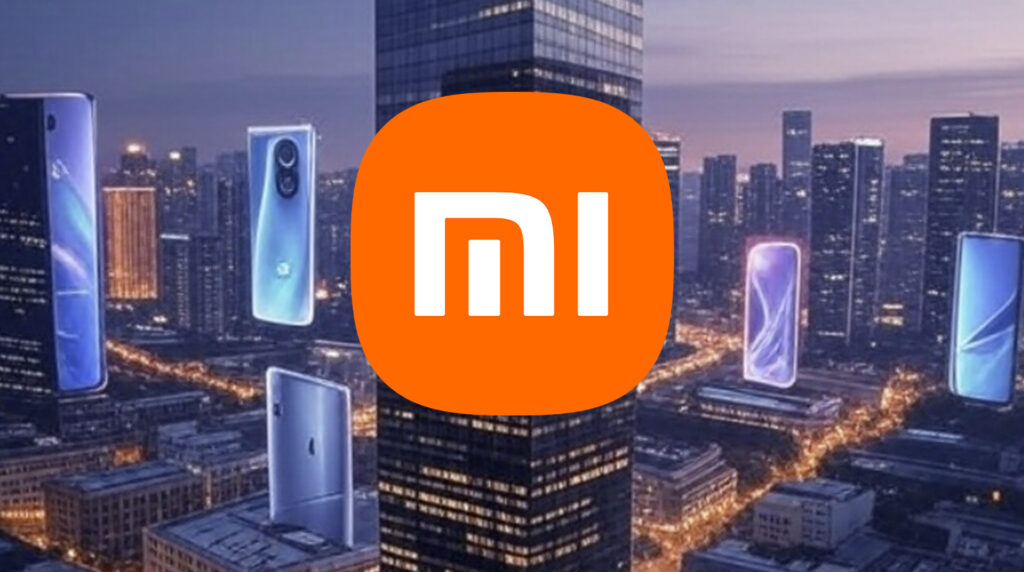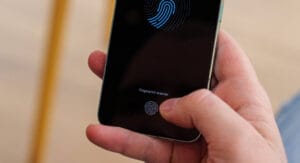A new Xiaomi wearable device has appeared online with unknown technology. This device obtained the official MIIT approval for official China-level notices of hardware cyber security. This device has a counterpart with the reference number M2542T1, with which it supports the technology of Ultra-WideBand. Although nothing has been stated by the company for this device design or its name, it was another addition to the group of UWB smart devices by Xiaomi. This range of UWB smart devices by Xiaomi was another addition to its smart device family.
Expanding Xiaomi’s UWB Ecosystem
This occurs barely a week after another tech giant’s device secured radio communication approval. This device happens to be a new Xiaomi device with a designation of models 25128PNA1C, which supports communications services for Tiantong-1 satellite communications, Beidou short message text communication, and UWB, which are quite innovative services that indicate advanced communications and spatial networking R&D at Xiaomi.
With the expansion of the UWB ecosystem by Xiaomi, this device can prove to be a key part of a seamless connection between smartphones, autos, and smart devices for the Xiaomi HyperConnect system.
UWB The Heart of Future Xiaomi Connectivity UWB Wireless Solutions
UWB technology allows for precise distance measurement between devices, enabling smarter spatial awareness and automation. For example, the Xiaomi 15S Pro uses UWB to unlock the Xiaomi YU7 electric car automatically and even open the trunk after the user stands nearby for three seconds. It also supports hands-free metro access by sensing the user’s proximity to fare gates, eliminating the need for manual scanning.
Such innovations illustrate the aim of the company to achieve a hyperconnected ecosystem where wearables, smartphones, and automobiles can connect to simplify life.
What to Expect Next
Although the identity of this new wearable remains a mystery, its early network appearance indicates that a launch may be imminent. Given Xiaomi’s trajectory, this device could debut alongside future flagship phones or next-generation smart accessories.


 Emir Bardakçı
Emir Bardakçı



A new Hyper OS update should be released instead of this extra nonsense. What is this nonsense, Yaseen?